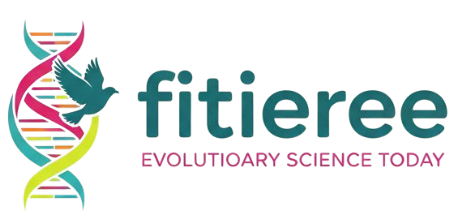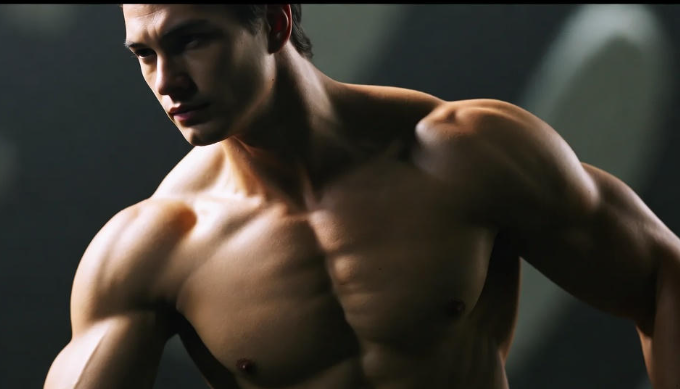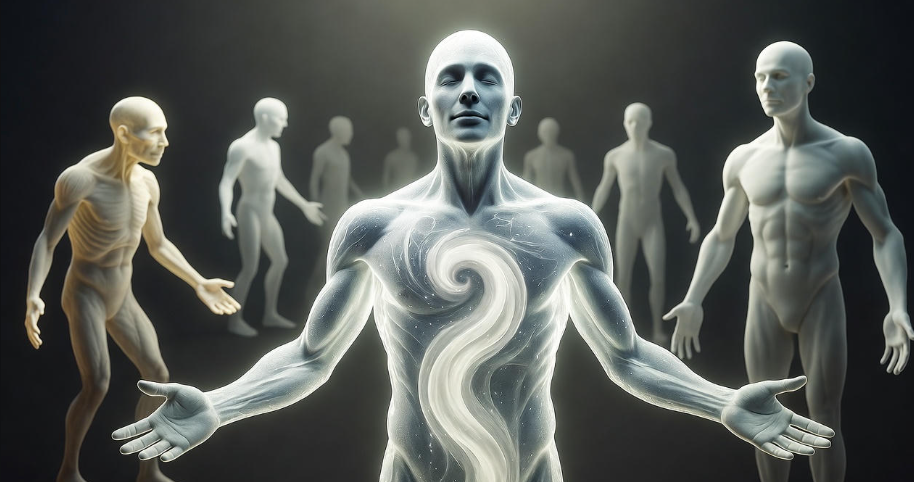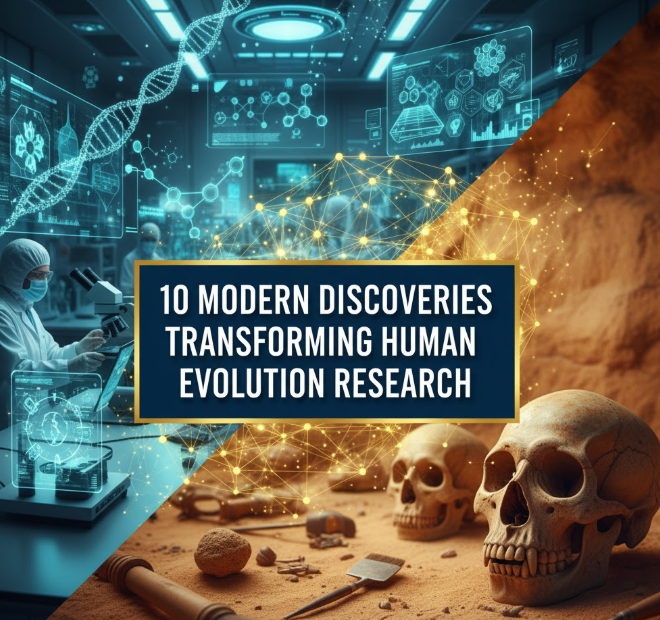Have you ever stopped and wondered why humans still get goosebumps when they’re cold or scared? Or why we sometimes crave sugar even when we know it’s not healthy? 🤔 Believe it or not, these little quirks of ours are leftovers from our evolutionary past. Evolution isn’t something that stopped millions of years ago — it’s still quietly working behind the scenes, shaping the way our bodies behave, react, and survive today.
Let’s dive into some of the most surprising ways evolution still shapes our bodies — some might even make you smile (or cringe a little)! 😅
The Goosebumps Mystery 🦢
When you feel cold or frightened, tiny muscles at the base of your hair follicles contract and make your hairs stand up. This reaction, called piloerection, once helped our ancestors trap air for warmth or appear larger to scare off predators.
Today, we don’t have enough body hair for it to serve any real purpose — yet our bodies still do it. It’s like your body saying, “Don’t worry, I’ve got this!” … even though, well, it really doesn’t anymore.
Wisdom Teeth: Ancient Tools We Don’t Need Anymore 😬
Once upon a time, humans had bigger jaws and rougher diets full of raw meat, roots, and nuts. Wisdom teeth helped grind tough foods. But as we started cooking and using tools, our jaws got smaller, while our teeth… didn’t.
Now, these “extra molars” often cause overcrowding or pain — a classic example of evolution being a little slow to catch up.
| Then | Now |
|---|---|
| Needed for chewing raw, hard food | Usually unnecessary and often removed |
| Larger jaw with more space | Smaller jaw, less room for extra teeth |
Appendix: A Tiny Organ with a Hidden Role 💚
For decades, people believed the appendix was completely useless — just an evolutionary leftover. But new research shows it actually plays a role in supporting good gut bacteria.
In ancient times, when infections wiped out intestinal bacteria, the appendix helped repopulate them. Today, with antibiotics and better hygiene, we don’t rely on it as much — but it still sits there, a quiet reminder of our microbial partnership.
Craving Sugar and Fat: Evolution’s Old Trick 🍩
You know that irresistible pull toward sweet or fatty foods? That’s your ancient survival instinct talking! Early humans needed high-energy foods to survive harsh environments where food was scarce.
Fast forward to modern life — we’ve got grocery stores and fast food on every corner. But our brains still light up with joy when we taste sugar or fat, even though we don’t need all those calories anymore.
| Why It Helped Then | Why It Hurts Now |
|---|---|
| Helped store energy for survival | Leads to obesity and health problems |
| Rare treat in nature | Constantly available in modern diets |
The Tailbone: A Forgotten Balance Tool 🦴
Humans once had tails that helped with balance and mobility. Over time, as we started walking upright, our tails disappeared — leaving behind the coccyx, or tailbone.
You can’t wag it or use it to hang from trees anymore, but it still serves a small purpose — it helps anchor muscles and ligaments in your pelvic region. So even though it’s a leftover, it’s not completely useless!
Body Hair: More Than Just Decoration 💁♂️
While most of us don’t rely on thick body hair for warmth anymore, it still has subtle roles. Hair helps sense movement on our skin (like bugs crawling — yuck 🕷️) and provides a bit of protection from sunburn.
Also, hair in specific areas, like armpits and the groin, plays a role in spreading natural body scents — something that might have been useful for attracting mates in the distant past.
Our Eyes Still Show Our Animal Side 👁️
Ever noticed how your pupils dilate when you’re excited, or how your eyes get watery in emotional moments? These are deep biological reactions controlled by your ancient nervous system.
Even the way your eyes adjust to low light or react to movement traces back to survival instincts — detecting predators or prey in the dark.
The Fight-or-Flight Response ⚡
When you suddenly get startled — maybe your phone drops or someone shouts your name — your body instantly floods with adrenaline. This is called the fight-or-flight response, an ancient survival mechanism.
Back in the wild, it helped our ancestors run from danger or prepare to fight. Now, that same system kicks in when you’re stressed at work or stuck in traffic — not quite life-or-death, but your body doesn’t know that difference.
Standing Upright: A Double-Edged Gift 🧍♂️
Walking on two legs freed our hands and gave us the ability to use tools, but it also came with some drawbacks. Our spines, knees, and feet are under more pressure than ever before, which explains why back pain and posture problems are so common.
Evolution gave us balance and mobility — but it wasn’t a perfect design. It’s more like an ongoing experiment that hasn’t quite finished yet.
Morning Sickness: An Evolutionary Defense 🤰
Scientists believe morning sickness during pregnancy evolved as a protective mechanism. The nausea helps mothers avoid potentially toxic foods during the early stages of fetal development when the baby is most vulnerable.
So while it feels unpleasant, it’s actually your body’s way of keeping the baby safe — pretty amazing, right? 💫
Sneezing and Coughing: Ancient Self-Defense Reflexes 😷
Your body’s reflex to sneeze or cough isn’t just an irritation — it’s an ancient self-defense system. It evolved to expel harmful particles, bacteria, or viruses from the airways.
In the wild, that quick sneeze could mean the difference between staying healthy or catching a dangerous infection.
The Shiver Reflex 🥶
When you shiver in the cold, your muscles are rapidly contracting to produce heat — a mini workout from your nervous system. Our hairy ancestors used this alongside their fur to stay warm. We’ve lost the fur, but the reflex remains.
The Appendix of the Mind: Phantom Pain 🧠
Here’s something really interesting — people who lose a limb often report feeling sensations in that missing part. This phantom limb phenomenon shows how evolution shaped our brain’s body map.
Our brains are still wired as if every body part is intact, showing that evolution’s updates don’t happen overnight.
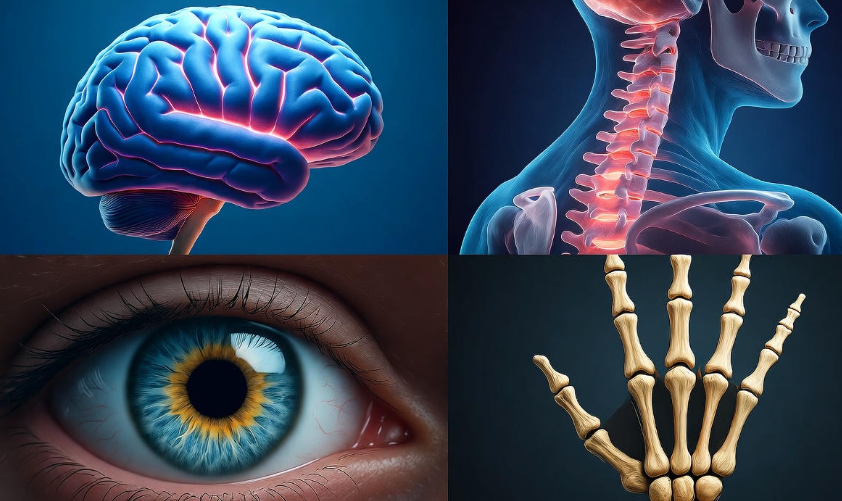
Why We Still Yawn 💤
Yawning doesn’t just mean you’re sleepy — scientists think it helps cool the brain and keep you alert. This reflex likely helped early humans stay focused during times of danger or group vigilance. So the next time you yawn in class or at work, just tell yourself you’re “staying evolutionarily alert.” 😄
Table: Summary of Evolutionary Traits Still Active Today
| Trait | Ancient Purpose | Modern Function |
|---|---|---|
| Goosebumps | Warmth / fear display | No real use, reflex remains |
| Wisdom teeth | Grinding raw food | Often removed |
| Appendix | Gut bacteria backup | Supports immune health |
| Tailbone | Balance & movement | Supports muscles |
| Cravings | Energy storage | Leads to overeating |
| Shiver reflex | Generate body heat | Still functional |
| Fight-or-flight | Escape danger | Triggers anxiety/stress |
| Yawning | Stay alert / cool brain | Similar role |
Evolution Isn’t Over — It’s Just Slower Now 🧬
Many people think evolution stopped once we developed modern medicine and technology. But that’s not true — it’s still happening, just in quieter, subtler ways.
For instance:
-
Some humans are developing resistance to certain diseases.
-
Lactose tolerance in adults is still spreading in populations that rely on dairy.
-
Wisdom teeth are slowly disappearing in some groups.
These changes prove evolution never takes a break — it just shifts direction as our environment changes.
What This All Means for Us
The story of human evolution isn’t written in history books — it’s written in our bodies, in every heartbeat, sneeze, and strange reflex. Every quirk we have carries a whisper from the past.
So, the next time you get goosebumps, shiver, or crave something sweet, remember — that’s your inner caveman saying hello. 👣
FAQs
Q1: Is evolution still happening in humans today?
Yes! Evolution continues through small genetic changes, adaptations to environments, and even resistance to modern diseases. It’s just a much slower process now.
Q2: Why do we still have body parts that seem useless?
Because evolution doesn’t “delete” old features — it modifies them over time. Some old traits just linger because they don’t cause harm.
Q3: Can evolution make us “perfect”?
No. Evolution isn’t about perfection — it’s about adaptation. It finds “good enough” solutions to help species survive in specific environments.
Q4: What’s an example of recent human evolution?
Lactose tolerance in adults and changes in our immune system are examples of evolution that have occurred within the last few thousand years.
Q5: Will humans keep evolving?
Absolutely. As long as environments change and humans reproduce, evolution will continue — just in ways we might not notice for thousands of years.
-
🌐 Keep reading: What Makes Humans Unique in Evolutionary Terms
✨ In Short:
Evolution isn’t just something from the past. It’s alive in us — in our bones, reflexes, and instincts. It shaped us before we were born, and it’ll keep shaping future generations long after we’re gone. 🌍
